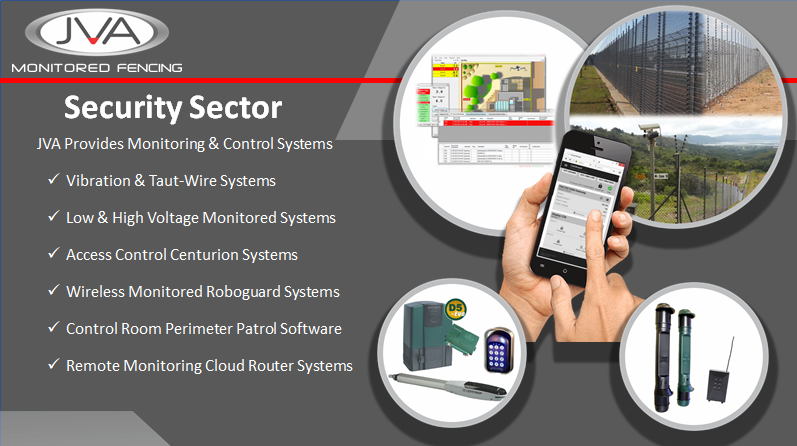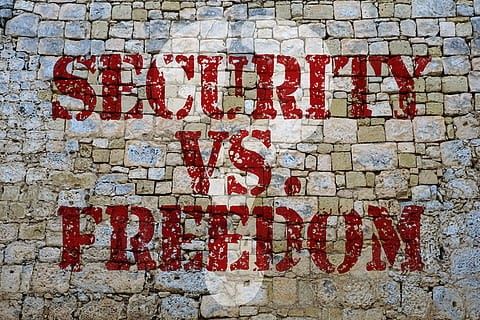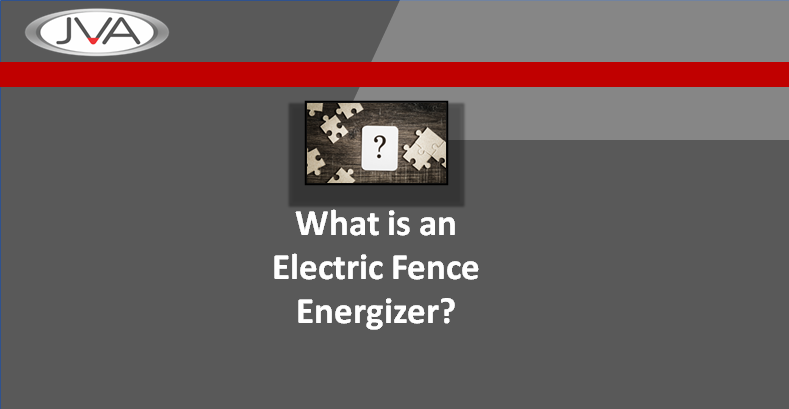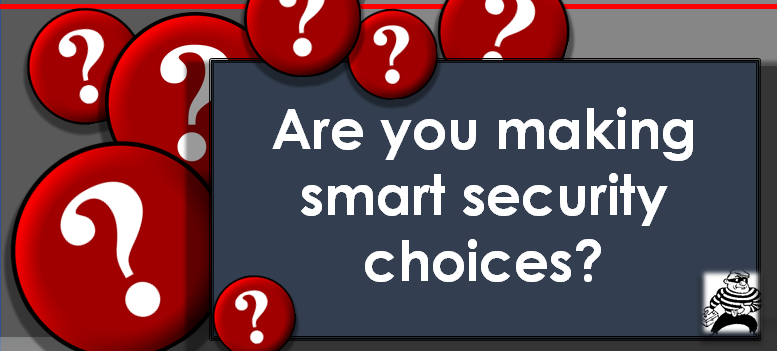How To Make Smart Security Choices
It goes without saying that good choices create successful businesses. For company owners, finding the best solution to a problem is critical, and this is especially true for small businesses where challenges are often felt more acutely.
A key area for avoiding challenges by making good choices is when spending money on non-income-generating expenses such as security. That’s why in today’s post, I’m going to be talking about how to avoid making a (not so) good choice for security fencing and other security measures.
Where it comes to security for businesses, I find that it’s one of the most begrudging non-income-generating purchases for CEOs. And it’s true: if you’re not a security firm, buying security fencing isn’t going to make you any money. But it could save you a lot more than it cost you if it keeps out intruders. My two main pieces of advice when it comes to security for businesses:
- Security is an investment in the future of your business, so don’t neglect it.
- Make smart security choices to save money and protect your business properly.
My first bit of advice is on you, but I can help with the second. Here’s how to make smart security choices.
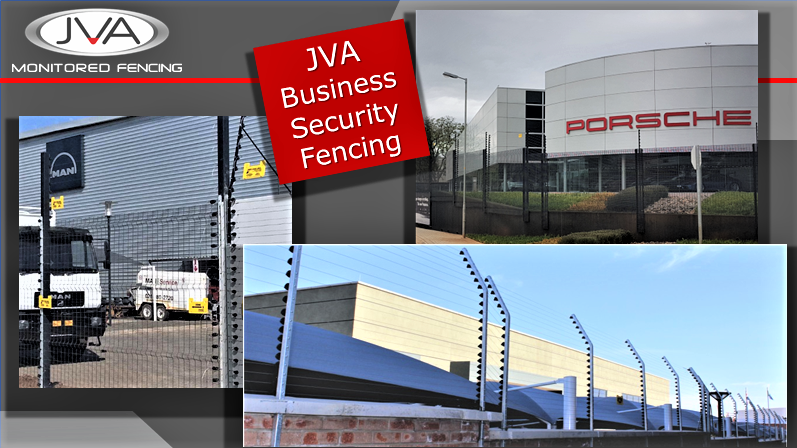
What is Security Fencing and Why Do You Need It?
In an ideal world, you wouldn’t need security fencing unless you’re a rancher with animals to control. However, that’s not the reality that we live in, and trying to keep humans out is a concern for many businesses. That’s exactly what security fencing is for. Since it can be more costly than basic barriers for agricultural applications, it’s important to figure out exactly what you do and don’t need.
I recommend using the D factor for this, and my mate Bob’s experience is a great example of why that is. Bob has a thriving haulage business in Florida. It started out as a small enterprise, and as the business slowly grew Bob ran out of space in the industrial park where he was leasing. After much umming and ahhing, Bob bought a couple of acres outside the city. It was a big move but the new spot had the additional space needed to accommodate bigger trucks.
The problem was, Bob soon noticed that theft was increasing. The yard wasn’t secure and with more land to monitor, Bob found that he simply wasn’t able to keep an eye on things like he’d been able to in the industrial park. At first, the losses were small, and because Bob’s cashflow was tight he chose to make do with the existing security set up on his new property. Bad move, Bob!
A couple of weeks later, a customer called demanding compensation for lost goods. A truck in Bob’s yard had been broken into and now Bob was in trouble to the tune of thousands of dollars. After that, Bob knew he had to act. Despite his cashflow concerns, Bob made the (smart) decision to install high security fencing around his entire property. The theft soon stopped and so did the irate customer calls, making Bob and his cashflow very happy indeed.
Taking Bob’s experience as an example, let’s look at why he should have used the D factor to plan his industrial security fencing. This is how his initial setup would have measured up:
- Demarcation – is the perimeter clearly demarcated? In Bob’s case, yes.
- Deterrent – is the fence a determent? The thieves got into the premises, so no it wasn’t a deterrent.
- Deflection – does the barrier deflect the criminal away from the property being secured? Not in this case, no.
- Detection – are perpetrators detected when challenging the barrier? Again, No.
- Delay – does the barrier slow the ingress of the criminal? Apparently not, because they had plenty of time to access the trucks.
- Dependable – how much maintenance is required? Apart from the repairs that were required after the incidents occurred, little time was spent on the fence.
Evaluating Your Security Needs
A good way to go about evaluating your security needs is to grab a sheet of paper and list all the possible systems that can be used to secure the perimeter or facility. This list could include:
- Perimeter fencing (electrified or non-electrified)
- Cameras and monitoring technology
- Audible alarms
- Security gates for business
- On-site security personnel
Place these in columns across the top of the page, then on the left of the page list the six D factors. Add cost as the seventh row and required maintenance as the eighth.
Rate each system listed across the top of your page from 1-10. For the D factor, the better the performance the higher the score. For cost and required maintenance, the high scores are for lower expenses and less time commitment. Add up the scores for each possible system and that’ll tell you which one is best for your business.
When it comes to security, the more layers there are, the more secure you’ll be. Having said that, plenty of businesses are operating on tight budgets which is why we must also consider the cost factor when doing an evaluation of systems. Once this process has been completed the work can begin.
Ask Billy: A (Not So) Good Choice for Security Fencing
The best security systems combine components to accommodate your unique requirements and whatever your current setup looks like, there’s always room for improvement. We also believe that being proactive with your security system is the key to saving money and better protecting your property.
Need a hand enhancing your security system? Or are you starting from scratch and need assistance putting together the most efficient and cost-effective security solution for your business or property?
Just give me, Billy a call 512-466-1859
Our products are more cost-effective than many others on the market, making JVA a great security solution.
#AskJVABilly

